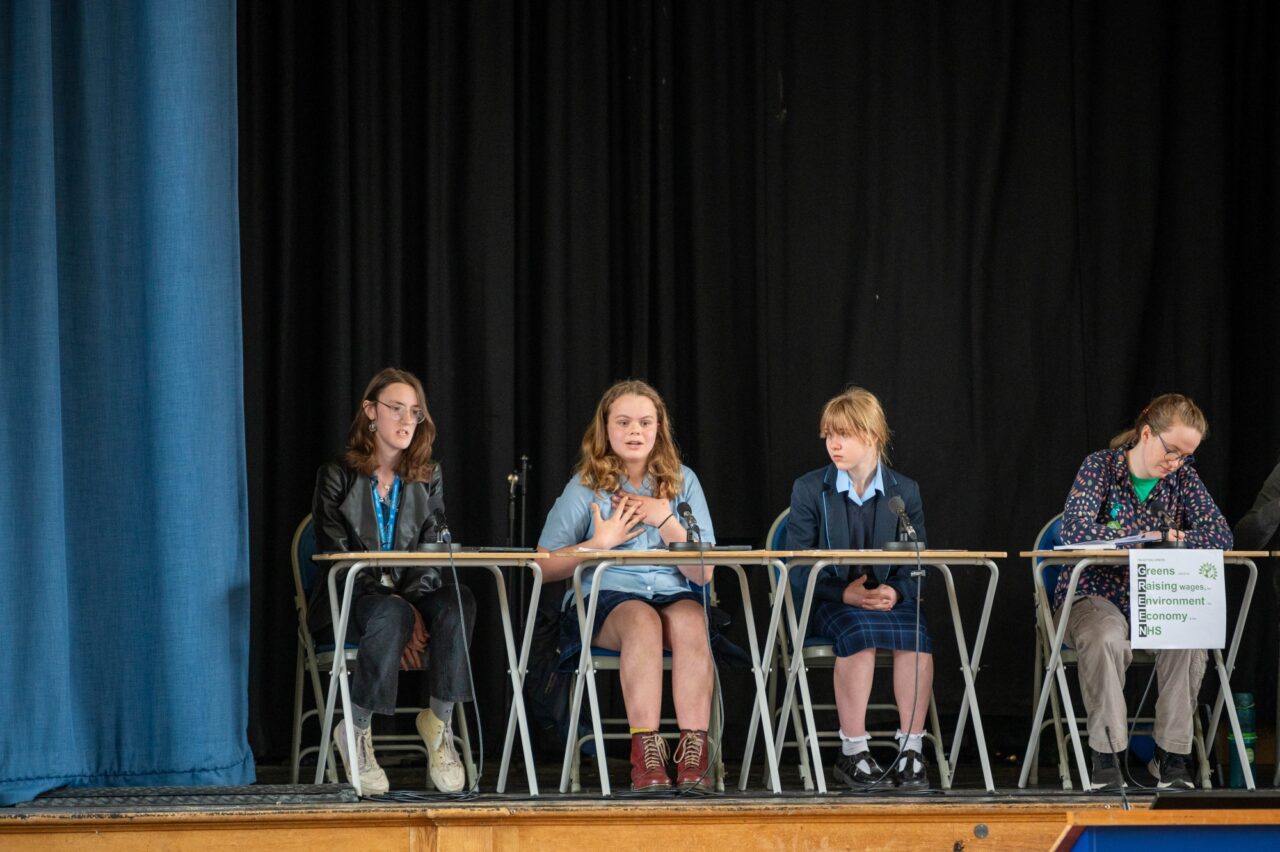Collaborative Art
The Powerful Effect of Collaboration on Children’s Art Education
In recent years, primary school education has increasingly recognised the immense value of children working collaboratively on projects across the curriculum.
During Art lessons at Headington Prep School the positive effects for a pupil creating a piece of work with another child or contributing to a large scale installation have been a joy to witness. Recent collaborative art projects such as Year 4’s ‘Seascapes’ and Faith Ringgold inspired ‘Narrative textiles’ or the whole school ‘Big Sister Little Sister’ installation provided a platform for children to engage in shared creative experiences.
Collaborative art projects can easily be developed in independent prep schools in Oxfordshire and offer an ideal setting for children to develop crucial social skills. They promote teamwork, empathy, and critical thinking and enhance the learning experiences for pupils. The late Sir Ken Robinson, a global authority on creativity and education, identified that “Collaborative art education fosters creativity and innovation. It’s not just about individual talent but the synergy of diverse perspectives coming together.” These experiences enable children to practice communication, cooperation, and problem-solving skills while working towards a common goal. Through joint decision-making and compromise, students learn to respect differing perspectives, effectively express themselves, and collaborate harmoniously.
Engaging in group activities stimulates the imagination and nurtures creativity among young learners. The National Society for Education in Art and Design (NSEAD) states that “The collaborative nature of art education is a cornerstone for developing a sense of belonging and self-expression. Through working together, students develop a deep appreciation for different perspectives and learn to value diverse forms of creativity.”
Collaborative art allows children to pool their ideas, build upon each other’s creativity, and construct something greater than the sum of its parts. By participating in shared brainstorming sessions and collectively envisioning projects, children learn to embrace diverse perspectives and explore innovative solutions.
Working hand in hand with others also encourages critical thinking skills by challenging students
to consider problems, make informed decisions, and evaluate outcomes. Psychologists have
identified that through collaborative activities, children develop higher-order thinking skills such as decision-making and reflection. By engaging in group discussions about artistic choices, and providing constructive feedback, pupils become active learners and critical thinkers, honing their ability to assess and justify their creative choices.
These artistic endeavors have the power to foster cultural understanding among students. Arts
Council England asserts “Collaborative art education initiatives contribute to building inclusive and vibrant communities. By bringing people together through creative endeavors, we enhance social cohesion and celebrate diversity.” When children work together on art projects, they gain insights into different cultures, which in turn fosters tolerance and respect for diversity.
Collaborative art in primary school education offers a multitude of benefits that extend beyond
artistic skill development; it cultivates well-rounded individuals prepared for the challenges of an
increasingly interconnected world.
At Headington Prep School, integrating collaborative art into our primary school curriculum allows our young learners to flourish, fostering a lifelong appreciation for art and equipping them with essential skills for future success.



